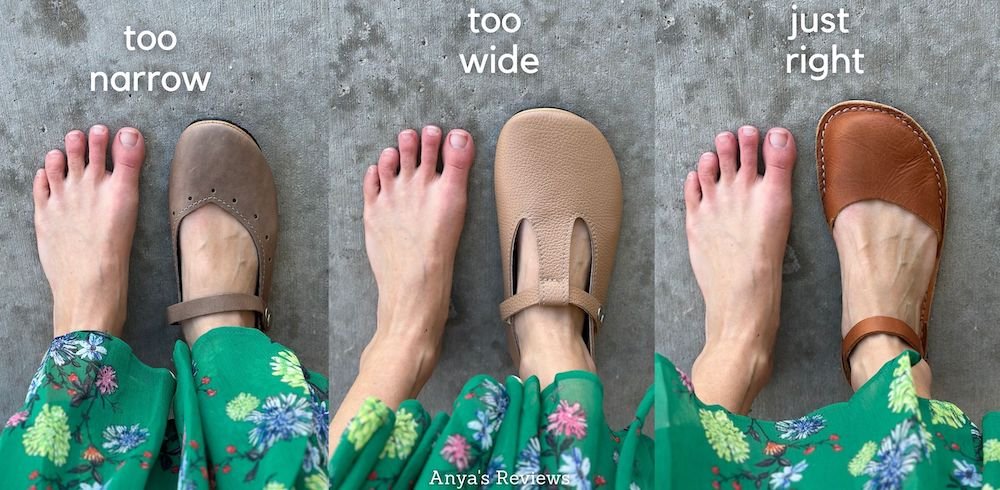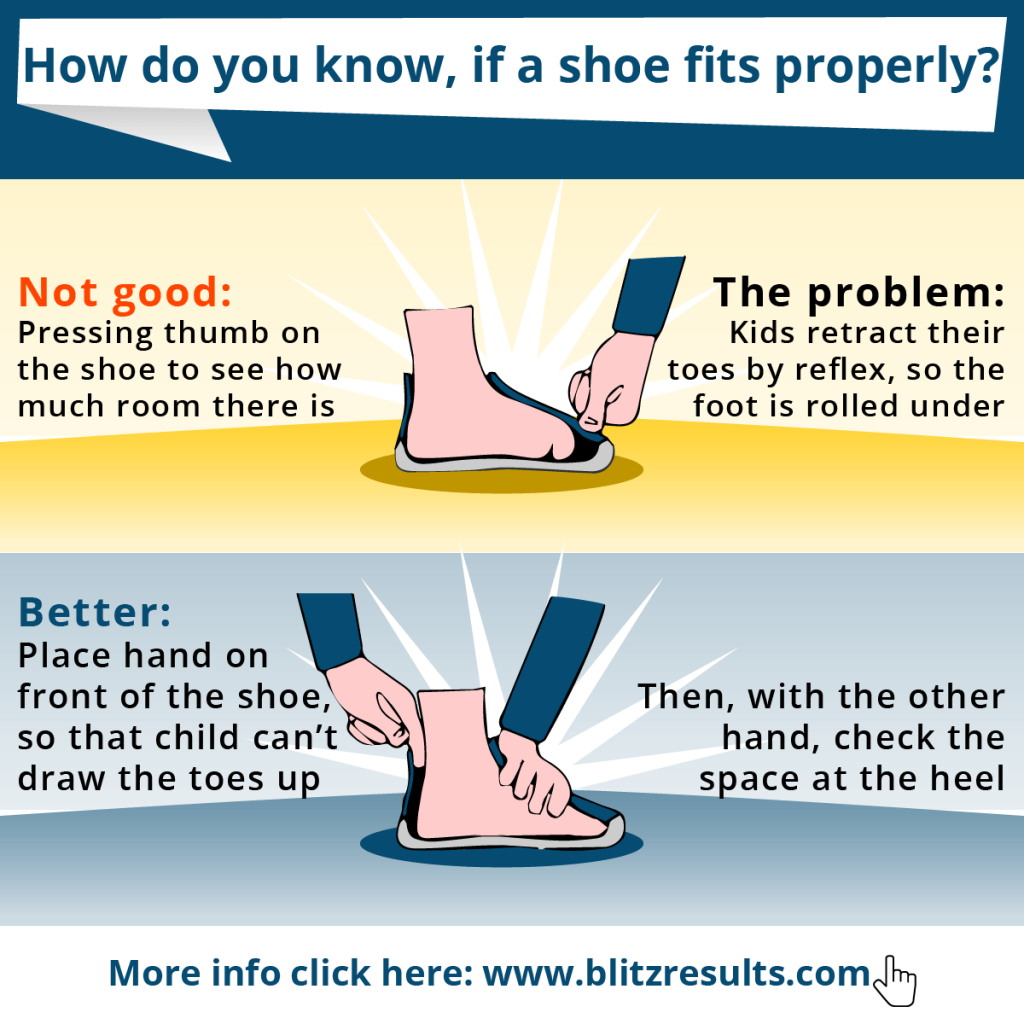Finding the right pair of shoes can often feel like searching for a needle in a haystack. For many shoe enthusiasts, the perfect fit is not merely about comfort—it’s about style, confidence, and feeling great in your footwear. In this comprehensive guide, we’ll delve into everything you need to know about how to assess the fit of shoes, with specific insights into the U.S. footwear market, real-world experiences, and actionable tips that you can apply today.
The Importance of Proper Shoe Fit
Proper shoe fit is critical not only for comfort but also for overall foot health. Wearing ill-fitting shoes can lead to various foot problems, including blisters, bunions, and even long-term issues like plantar fasciitis. According to the American Podiatric Medical Association, approximately 70% of Americans will experience foot problems at some point in their lives. Thus, understanding how to tell if shoes fit correctly is essential.
1. Understanding Shoe Sizes
Shoe sizes can vary significantly between brands, styles, and even different countries. In the U.S., shoe sizes generally conform to a standardized system, but discrepancies exist. To understand how shoe sizes work, it’s essential to be familiar with the following:

- Men’s Sizes: Typically range from 6 to 16, with half sizes available.
- Women’s Sizes: Typically range from 4 to 12, also available in half sizes.
- Children’s Sizes: Usually range from 0 to 13, plus youth sizes from 1 to 7.
It’s essential to remember that size alone doesn’t determine fit. Various factors, including shoe width and design, can significantly affect how a shoe feels on your foot.

Size vs. Fit
While “size” refers to the numerical value assigned to a shoe, “fit” encompasses how a shoe feels when worn. Here are some key elements to assess:

- Length: There should be about a thumb’s width between your longest toe and the end of the shoe.
- Width: Your foot should fit snugly without feeling tight. Look for any bulging over the sides or pinching.
- Arch Support: The shoe should provide adequate arch support to match your foot’s natural curvature.
How to Measure Your Feet

Measuring your feet correctly is a vital first step in finding the right shoe fit. You can do this at home or by visiting a professional shoe store. Here’s how to measure your feet:
Tools You’ll Need

- A piece of paper (big enough for your foot)
- A pencil or pen
- A ruler or tape measure
Step-by-Step Guide

- Place the piece of paper on the floor against a wall.
- Stand on the paper with your heel against the wall, ensuring your foot is flat.
- Trace the outline of your foot carefully.
- Measure from the heel to the tip of the longest toe to find your foot’s length.
- Measure the widest part of your foot to determine width.
Once you have your measurements, you can compare them against size charts provided by various brands.

Tips for Trying on Shoes
When you’re ready to try on shoes, keep the following tips in mind to ensure you’re getting the best fit possible:
1. Try on Shoes Later in the Day
Your feet can swell throughout the day, so it’s a good idea to try on shoes in the late afternoon or evening. This will give you a more accurate sense of how the shoe will fit during typical use.
2. Wear Appropriate Socks
If you plan to wear thicker socks with your shoes (for example, during winter), make sure to try on shoes with similar socks to get an accurate fit.
3. Walk Around
Don’t just stand in the shoes, walk around the store. This will help you feel how the shoes support your foot and if there are any pressure points.
4. Check for Movement
A well-fitted shoe should allow for slight movement of your toes and provide adequate support for your heel. If your heels lift out of the shoes when walking, this may indicate a size issue.
Common Footwear Problems
Even with the right measurements and techniques, you might still face issues. Let’s explore some common footwear problems and their solutions:
1. Blisters
Blisters are often caused by shoes that rub against your skin. To prevent blisters:
- Select shoes made from soft, breathable materials.
- Use blister pads or preventive products.
- Ensure that you are wearing the correct size.
2. Arch Pain
Arch pain can be indicative of poor arch support. If you experience this, look for shoes that offer proper arch support or consider using orthotic inserts.
3. Toe Pain
Overly tight shoes can cause toe pain and deformities like bunions. Make sure the shoes have enough space to allow your toes to move freely.
Comparative Table of Popular Shoe Brands
| Brand | Average Rating | Best For | Price Range |
|---|---|---|---|
| Nike | 4.5/5 | Running and Casual Wear | $60 – $250 |
| Adidas | 4.4/5 | Fashion-Forward Sneakers | $70 – $300 |
| Skechers | 4.3/5 | Comfort and Casual Wear | $50 – $130 |
| New Balance | 4.6/5 | Supportive Running | $80 – $150 |
| Hoka One One | 4.7/5 | Maximum Cushioning | $120 – $200 |
This comparison highlights popular brands in the U.S. along with their ratings, giving you an overview to guide your purchasing decision.
Successful Product Highlights
In addition to the brands mentioned above, we’ll take a closer look at specific popular models and their features that contribute to excellent fit and comfort.
1. Nike Air Zoom Pegasus 38
The Nike Air Zoom Pegasus 38 is renowned for its responsive cushioning and breathable upper. This shoe is designed for neutral runners and offers a snug fit without compromising comfort.
Pros:
- Generous cushioning for long-distance comfort.
- Lightweight and breathable materials.
Cons:
- May not be suitable for those with wider feet.
2. Adidas Ultraboost 21
The Adidas Ultraboost 21 is known for its incredible energy return and adaptive fit. The Primeknit upper hugs your foot, providing a personalized fit.
Pros:
- Responsive cushioning for a comfortable ride.
- Stylish and versatile for both sport and casual wear.
Cons:
- Higher price point compared to competitors.
FAQs About Shoe Fitting
1. How can I tell if my shoes are too tight?
If your shoes cause discomfort, pain, or pinching, they are likely too tight. Additionally, if you notice red marks or blisters, it’s a sign to consider a larger size.
2. Should I size up for thicker socks?
Yes, if you plan to wear thicker socks, it’s advisable to choose a half size larger to ensure comfort without compromising fit.
3. How often should I replace my shoes?
It’s generally recommended to replace running shoes every 300-500 miles, while casual shoes can last several months depending on wear.
4. What should I do if my shoes are too big?
Consider using insoles or heel grips to improve the fit. If they’re excessively large, it might be best to exchange them for a smaller size.
5. Is it normal for shoes to stretch over time?
Yes, shoes made from materials like leather can stretch. However, they should not stretch excessively. If they do, they may not have been the right fit initially.
6. How can I find my foot width size?
Foot width is often categorized as narrow, standard, or wide. Measure the widest part of your foot, and compare it to size charts provided by the brand you’re considering.
7. Are online shoe size charts reliable?
While many brands provide accurate size charts, individual fit can still vary. It’s always best to read customer reviews and check return policies when shopping online.
8. Why do my shoes hurt after a few hours of wear?
Your shoes may not fit properly, or they might not be suited for the activity you’re doing. Consider taking breaks or changing into a more comfortable pair.
9. Can shoe inserts help with fit?
Yes, orthotic inserts can improve shoe fit and provide better support, especially for those with foot conditions.
10. How do shoes affect my posture?
Improperly fitting shoes can alter your gait, potentially leading to poor posture over time. Ensuring a proper fit helps maintain alignment.
11. What’s the difference between men’s and women’s shoe sizes?
Women’s shoes are generally designed with a narrower width and different heel height. A general rule is to subtract 1.5 sizes from women’s to find the comparable men’s size.
By employing the strategies outlined in this guide, you can ensure that your shoes fit well, providing both comfort and style. Whether you’re an avid runner, a fashion lover, or simply someone looking for the right fit, following these tips will lead you to your perfect pair.
For more in-depth information on shoe fitting and foot care, visit the American Podiatric Medical Association.